The key to “Food Culture” is, of course, the ingredients, but also the seasoning. It shows the various characteristics or uniques of the country, doesn’t it? In areas where the climate is hot, there are many spicy condiments to encourage sweating, or salty foods… Due to the type of food used primarily, the flavors may be more aromatic than salty… and so on.
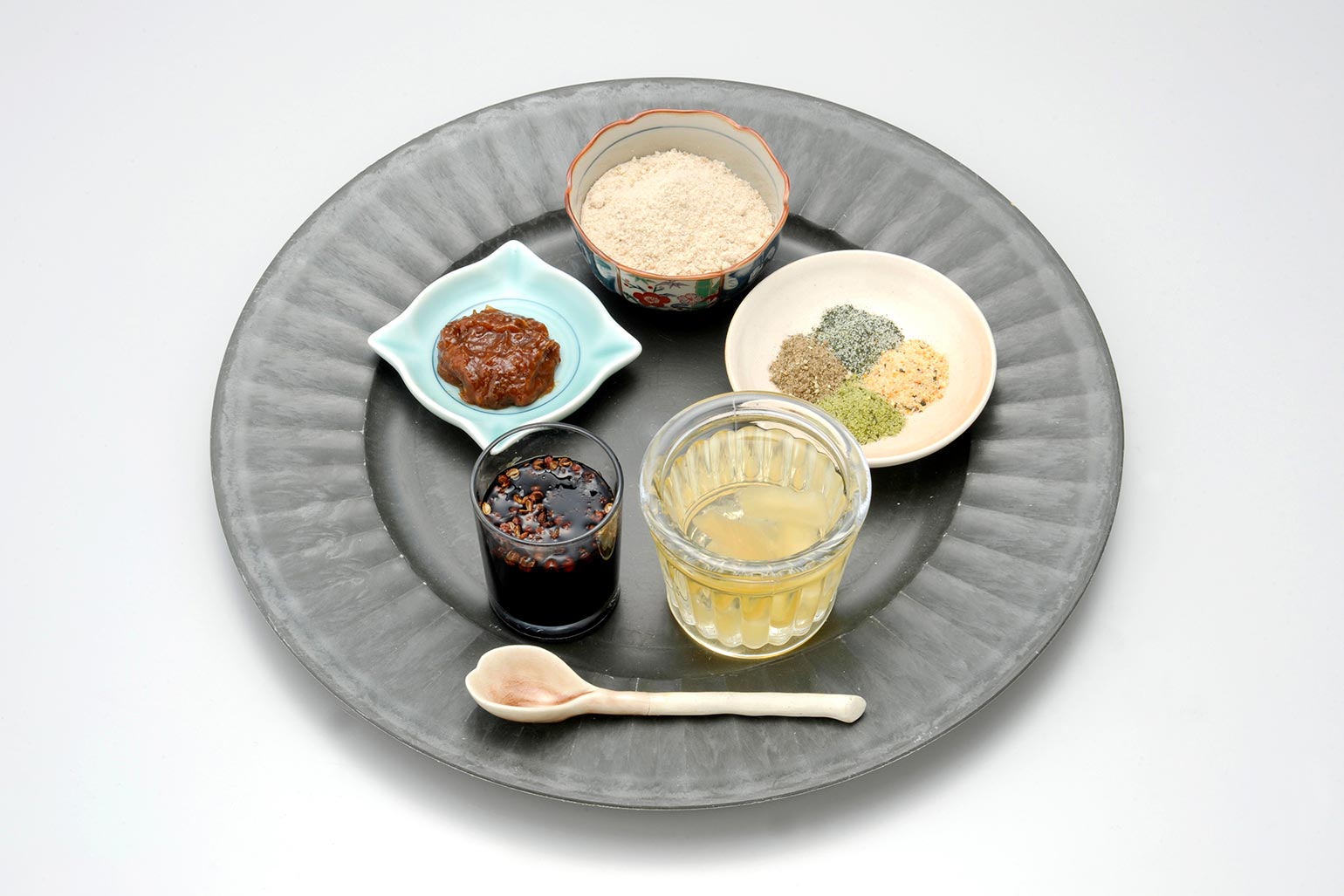
In the case of our Japan, we should say kinds of seasonings are quite complicated or miscellaneous… It may be characterized by a fairly flexible approach to incorporating the “flavors” or “tastes” of various other different cultures. It seems that our Japanese predecessors liked to devise ways to make them more to their liking, after taking in all the different cultures. Well, the process of trial and error is quite intricate… We’ll tell you more about those episodes in another section, a little at a time. We would like to recommend the followings as characteristic “Japanese seasonings” to everyone. All of them should be great gifts for someone who is interested in Japanese food.
Soy Sauce
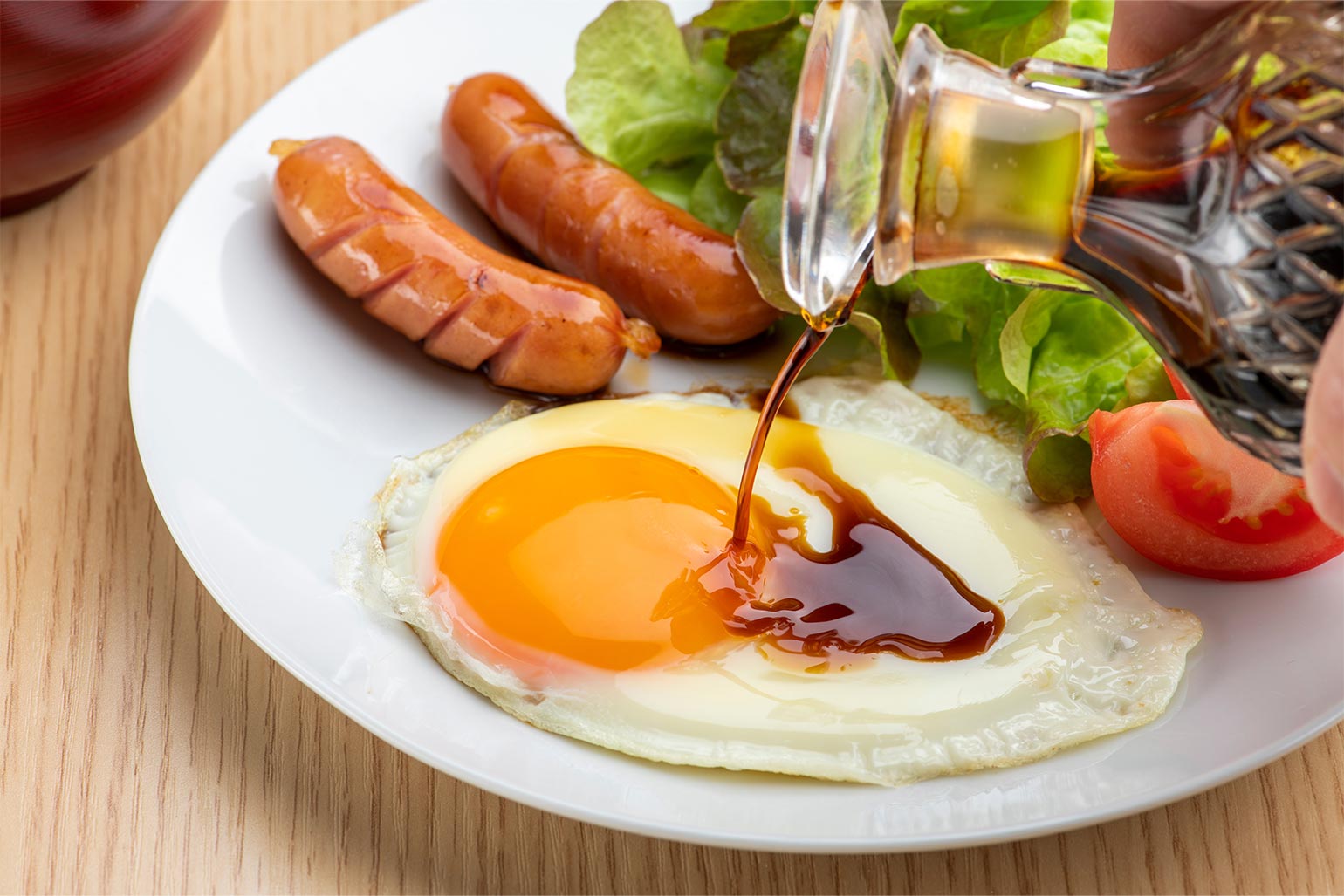
It is the beautiful black liquid, the fermentation of grains (wheat, soybeans, etc.). The supernatant liquid produced in the process of making “Miso” is called “Tamari Shoyu”, which is the basis of today’s “Soy Sauce”.
Miso
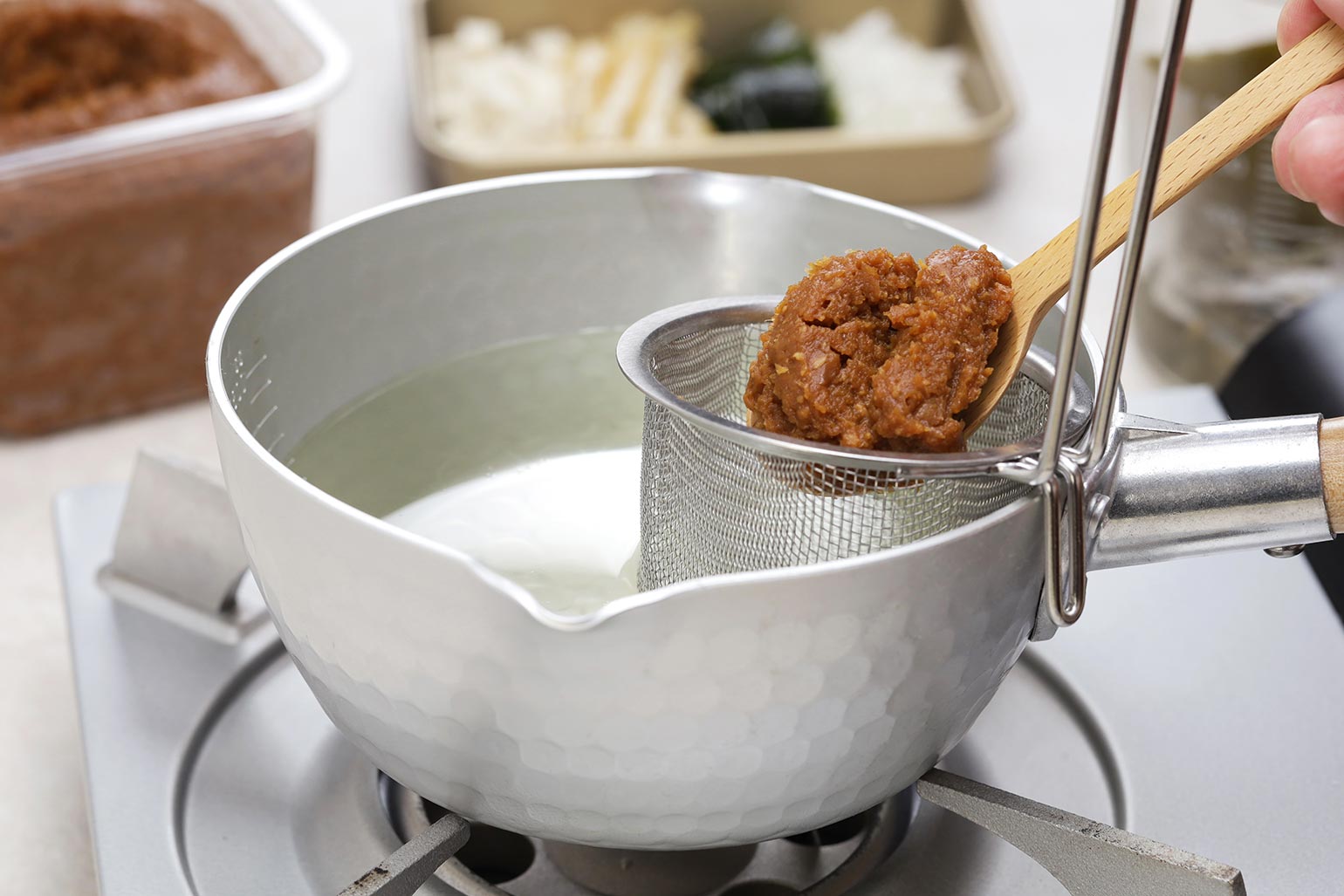
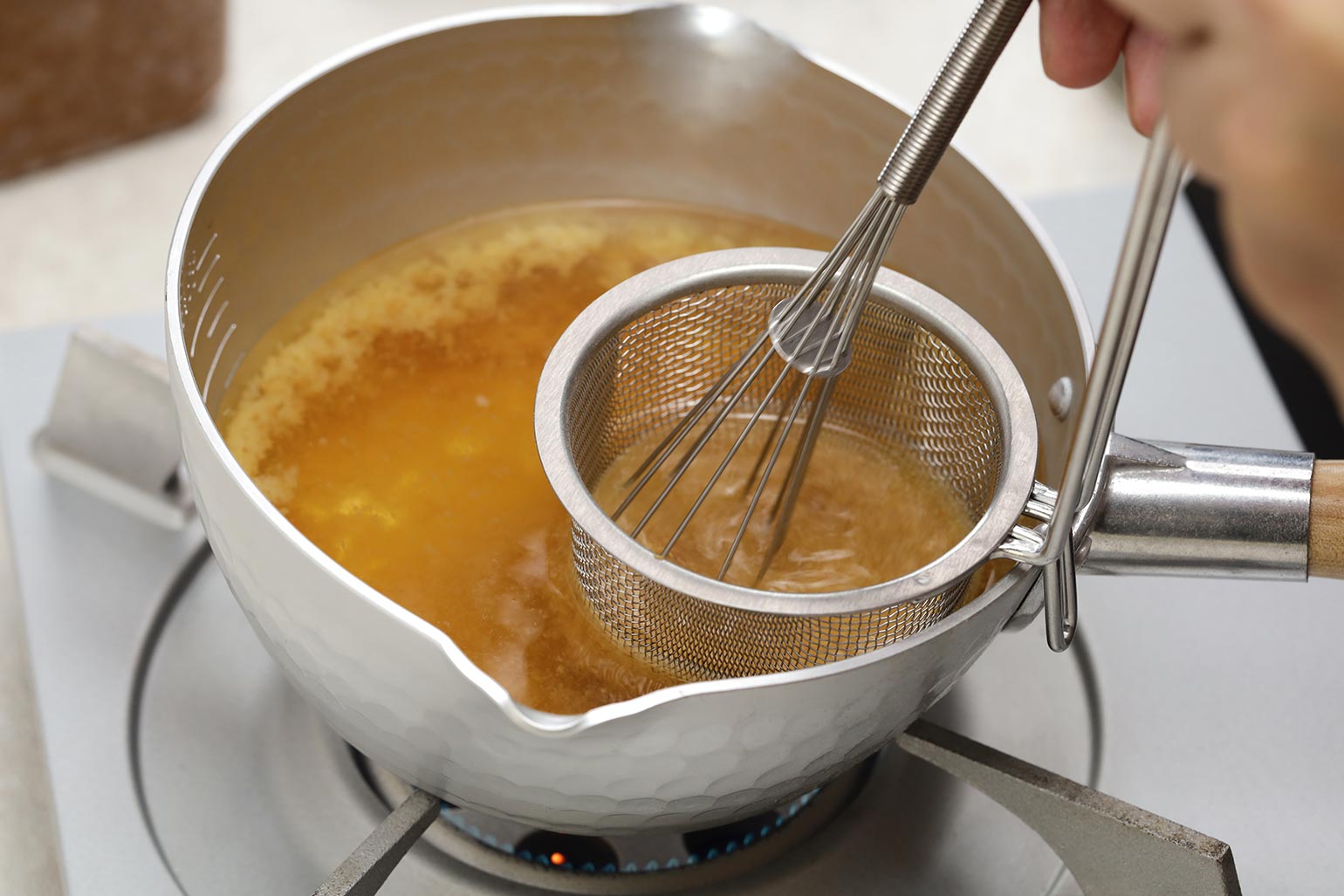
Fermented by adding salt and koji to grains such as soybeans, rice and barley. As a matter of fact, it’s older than “Soy Sauce”. There are many theories as to whether it originated in Japan or introduced from the continent, but the origin of today’s “Miso” has been documented for over a thousand years.
Noodle Soup Base
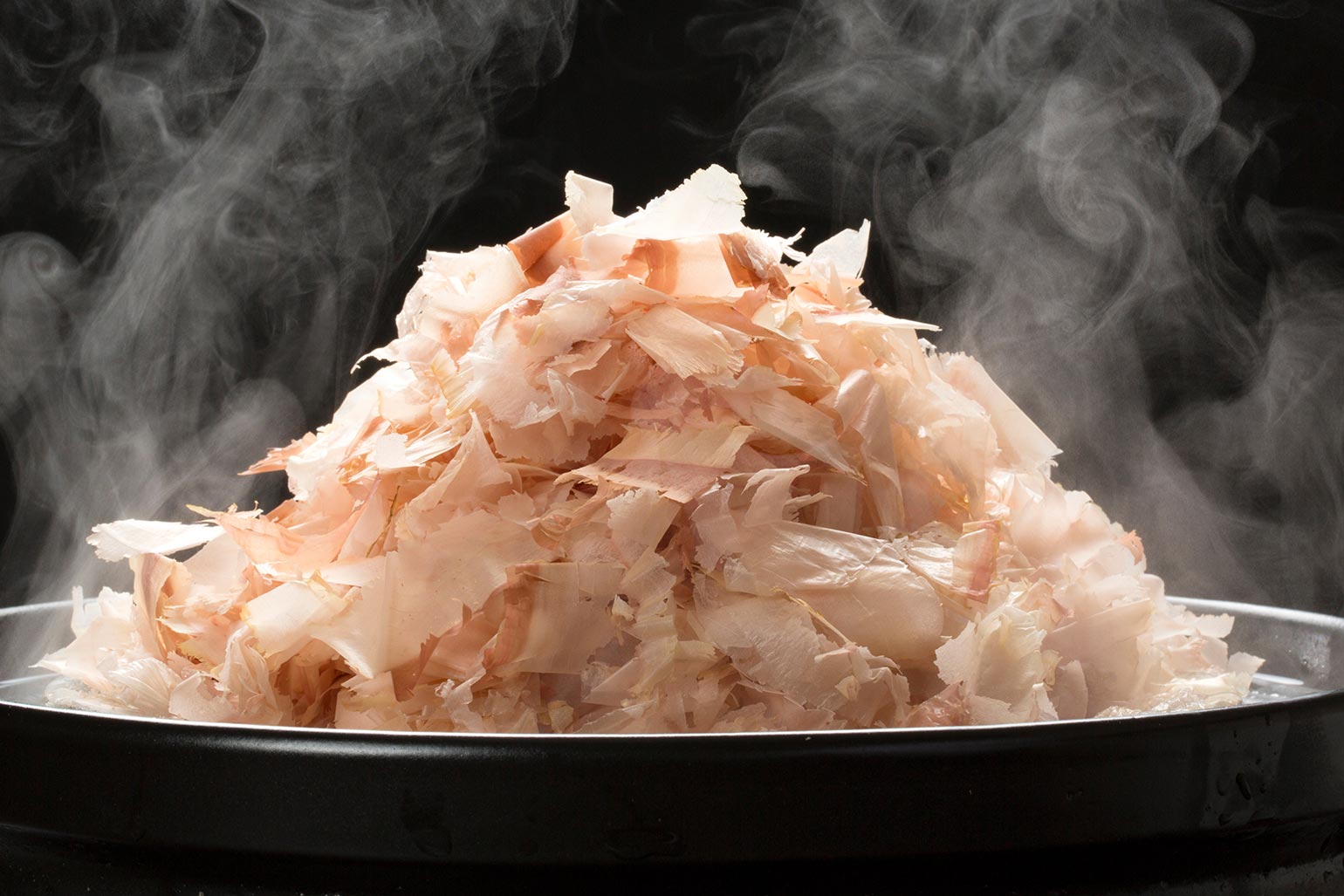
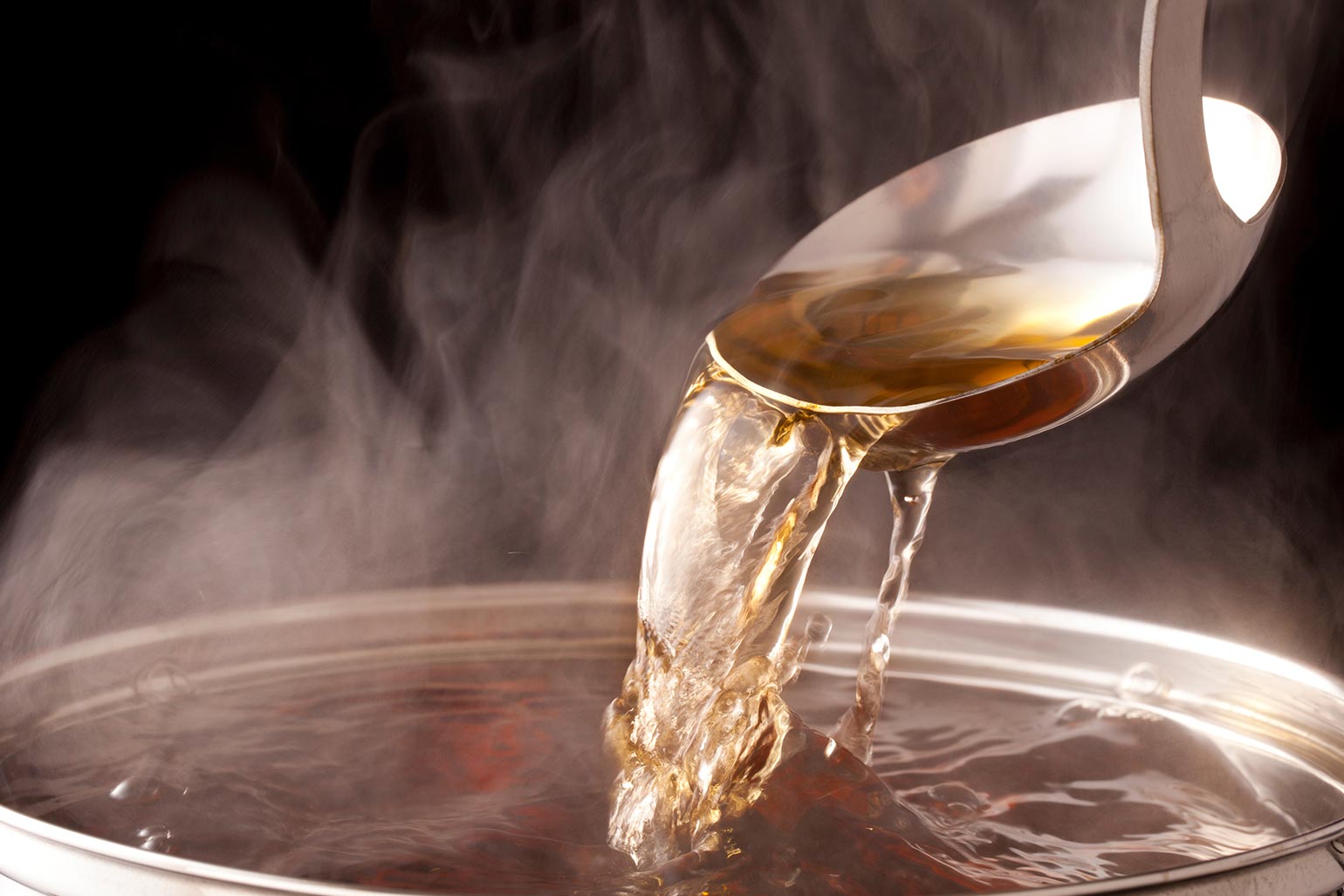
“Dashi”, it is mixture of bonito flacks or kelps, to which “Soy Sauce”, “sake”, “mirin”, etc. are added. This seasoning isn’t just used for eating noodles, it is also regarded as a condiment in its own right.
Mirin

This magical liquid brings a seductive, deep sweetness and lightness to your cuisine. One type of Sake (contains 40-50% sugar, 10-20% alcohol concentration), it was originally consumed. t’s also used as an ingredient in medicinal wine.
Japanese Vinegar
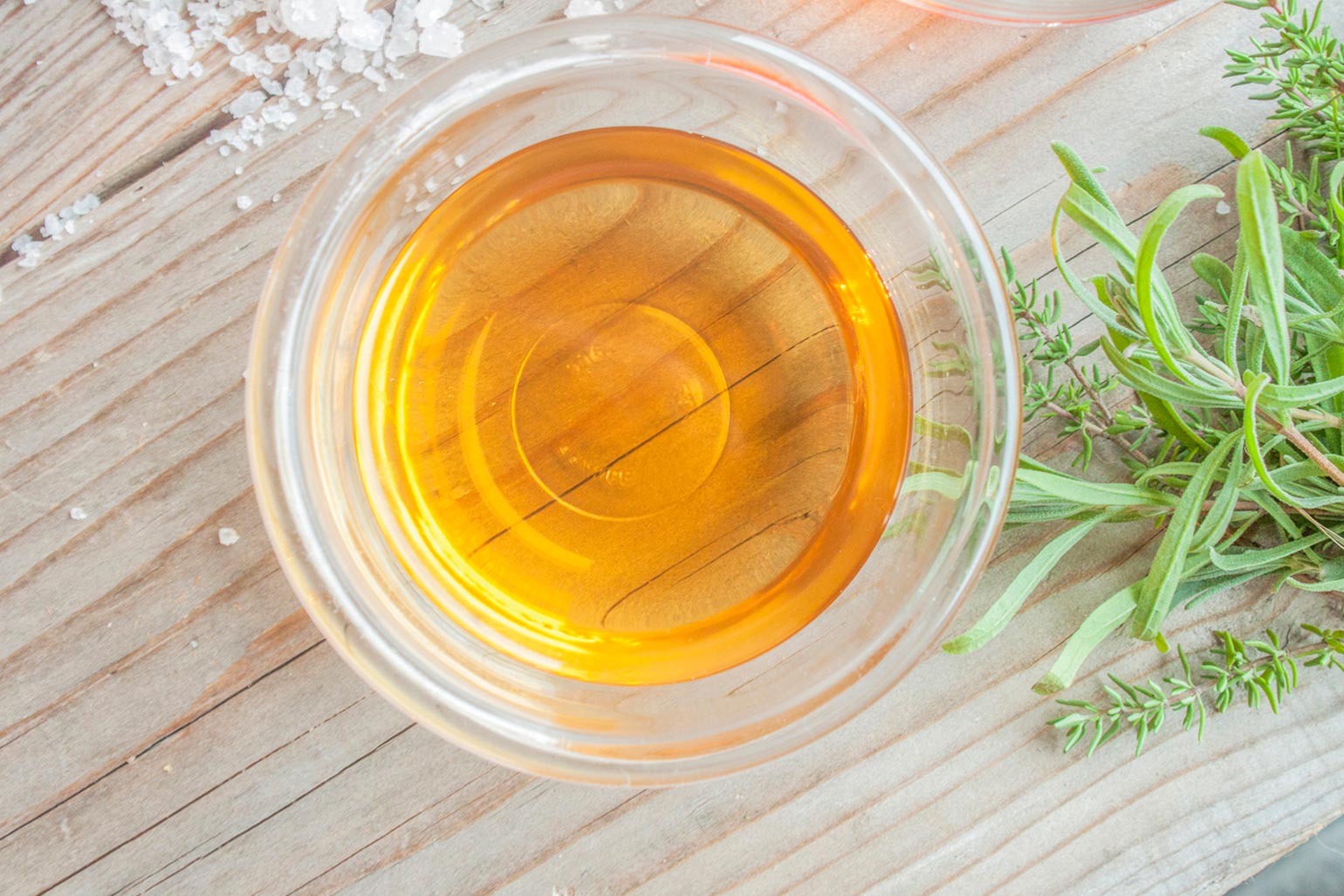
It is made by acetic acid fermentation of grain and fruit brews. There are also the vinegars containing organic acids such as lactic acid, malic acid and citric acid, and some vinegars containing amino acids, alcohols and sugars. The ingredients for common Japan vinegar are mainly rice or malted rice, which are documented to have been produced in the 4th and 5th centuries. Vinegar made from sake lees is said to have originated in Japan.
We would like you to taste each of them yourself!!



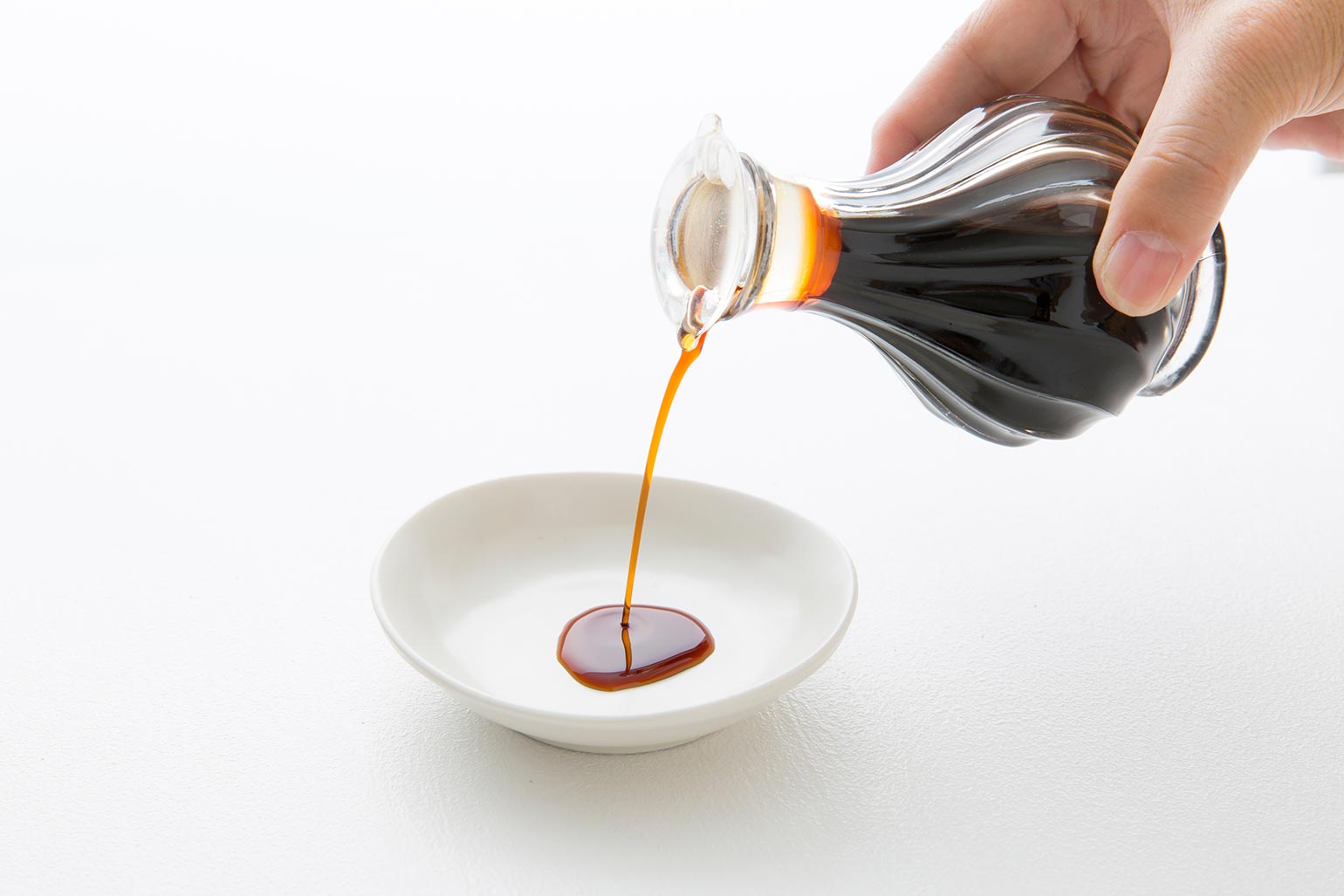
_op.png)
_001.png)
_002.png)
_003.png)
_004.png)
_005.png)
_006.png)
_007.png)
_008.png)
